How the APXGP car was built for 'F1 The Movie'
The APXGP car takes centre stage in F1 The Movie. We find out how it was created…

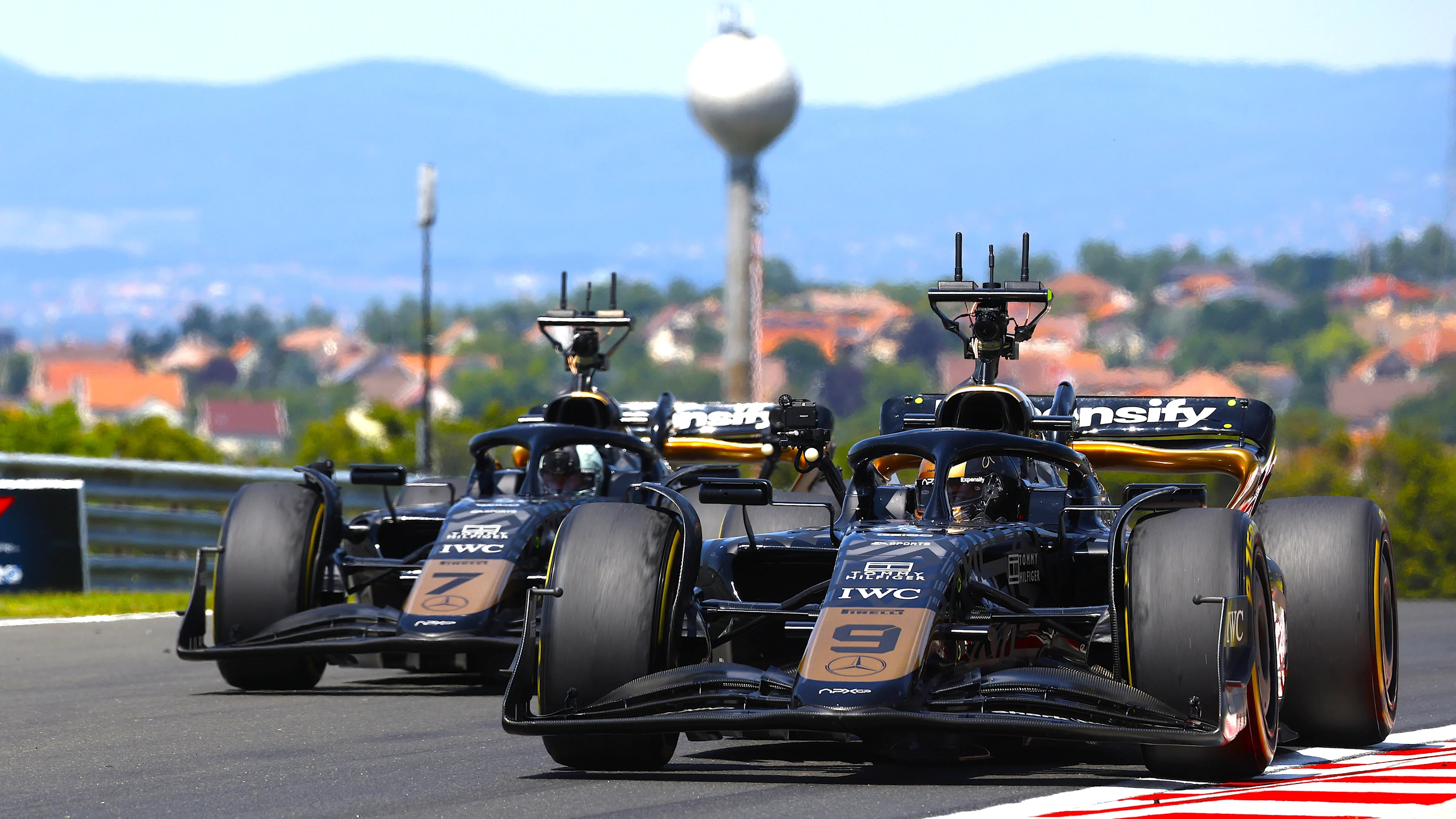
Stood on an industrial estate beneath the Gatwick Airport flightpath in the leafy southern counties of the United Kingdom, a thought crosses my mind: we’re a long way from Hollywood.
And yet here, within an unassuming collection of warehouses and garages, lurks one of the stars of F1 The Movie – and no, it’s not Brad Pitt. As I hop out of the way of a passing Porsche 993 about to be brutally carved up and cosmetic surgeried for another film, I catch sight of the gold nose cone of the APXGP car lurking in a garage.
The actual machine that Pitt and co-star Damson Idris – as the fictional, fractious team mates Sonny Hayes and Joshua Pearce – race in the Joe Kosinski-directed movie released internationally on June 25.
One of the privileges of this job is getting to stand close to bona fide Formula 1 cars, and as I enter the garage, there is that reverential zen feeling you get when you’re close to these machines at rest, like entering the stable of a prized thoroughbred racehorse. Except that despite its looks, this beast is far less thoroughbred racehorse – and far more ‘mule in gladrags’…
It’s the creation of Graham Kelly and his team at GK Evolution, the company the former motorsport engineer put together over 30 years ago to create vehicles for the silver screen.
Kelly’s cinematic CV is staggering. From Bourne to Bond, and having even worked on one of the most revered stunt driving sequences of all time – in Ronin, directed by John Frankenheimer, the man behind the 1967 F1 classic Grand Prix – Kelly has been there and done that when it comes to making movies with fast cars in them.
Or at least he thought he had.
“This film came along and I couldn't really say no,” Kelly chuckles as we talk in his office, overlooking the work bays where his team are tooling over various pieces of automotive exotica. “I think I was the fourth person on the film.
“2022 was my first phone call and then that July I ended up at Silverstone with Jerry Bruckheimer and Joe Kosinski on a kind of recce at the race, which was interesting. Then it went away for a little bit. I went back to a film that I was on in Italy and it kind of just went very quiet. Then September I got a call saying, okay we're on, we want to go next season. They wanted to start shooting at Silverstone in ‘23.
“At this point we had no cast, no real concept, a couple of ideas. But one of the conversations that happened without me was with Lewis Hamilton, who introduced Joe to [Mercedes Team Principal] Toto Wolff – and there was a kind of a frisson of ideas that came out of that. And the idea was to build the cars.”
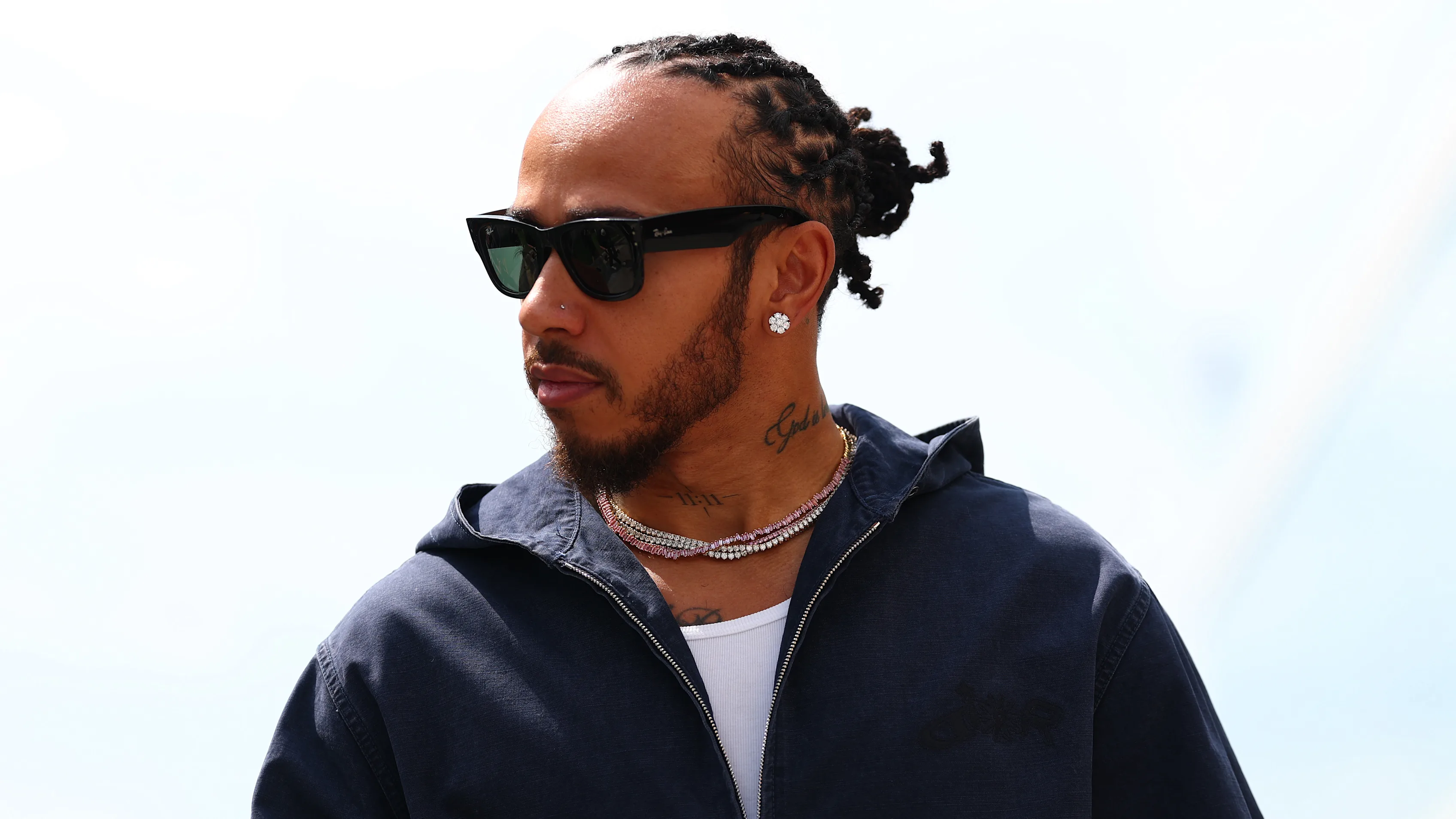
Mercedes step in
Kelly’s concept for building the cars for F1 was simple: Mercedes’ Applied Science division would create F1-style bodywork that could be bolted onto a Formula 2 chassis that had been stretched and widened with ‘spacers’ to take it to near-F1 dimensions.
Having a glitzy car with no firepower, however, simply wouldn’t cut it for the type of immersive driving that Kosinski had envisioned for the film, and thus the first APXGP car – the one on show in Kelly’s garage today – was fitted with a genuine Mecachrome Formula 2 engine, giving the car full-on, motorsport-grade pace.
A further Mecachrome-engined car followed, along with two cars using GP3-era V6s – while Kelly also had a brainwave to create one electric chassis.
“Quite a lot of the film, it seemed, was going to be shot in the pit lane,” he says. “And this is where my background of film and my background of motor racing helped immensely, because I could see a problem straight away: we can't use a petrol engine in the pit lane. It would just explode!
“So we quickly put a whole electric 400-volt plan together… and truthfully that car saved our lives – it kept us filming all the time.”
At the races
Having fettled the car at both Silverstone and Spain’s Ascari circuit, it was time for it to play at real race weekends, with the film team embedding themselves at actual Grands Prix – to the extent of even running the cars at the back of the field for the formation lap at the 2024 British Grand Prix.
However, here again the world of Hollywood bumped into the realities of motorsport.
“[Normally on a movie] we set a scene and then we have cars prepared to do that scene, and then we cut at the end of the road and reset back to ‘number one’ [the original position] and we do it again, probably 20 times,“ says Kelly of his usual process of setting up driving scenes.
“Well Formula 1 cars, or race cars, can't do that. They can't sit there idling while we decide what we're going to do. It's kind of like, when they're running, they have to go, air has to go over the radiators and then they'll have to go and do a cool-down lap. And these are all of the issues that I was trying to wrangle with during the film process.
“I'm like, you can't just bring the cars in, you have to give them a cool lap, let them get some air over the brakes, otherwise they're going to be on fire when they come down the pit lane and everybody… was really struggling with the idea that we're now in the motorsport world.
“But it all came together in the end beautifully.”
Finding the right chase car
Having fast cars on track was one thing. But for Joe Kosinski – fresh off the ultra-visceral Top Gun: Maverick project – to get the chase and following driving shots that he wanted, he also required a high-speed camera car – leading Kelly to recall one of his less happy memories from the shoot…
“It became very obvious that we didn't have a traditional camera car available to us that would keep up with these cars,” he says. “So we went through various options and we ended up with a horrendous thing from America which was an old LMP [Le Mans Prototype] car which was super quick but not quick in the corners, so the balance of what we were trying to shoot was all wrong.
“Our cars would come out of the corners and disappear and [the camera car driver] would lose us on the straights so it was a whole world of pain there.
“[In the end we] decided that the thing that we got from America was just no good. In fact, we blew it up in Hungary! We lost all the oil pressure and then the pump fell apart and at that point I said, ‘Send it away, I'm done now!’”
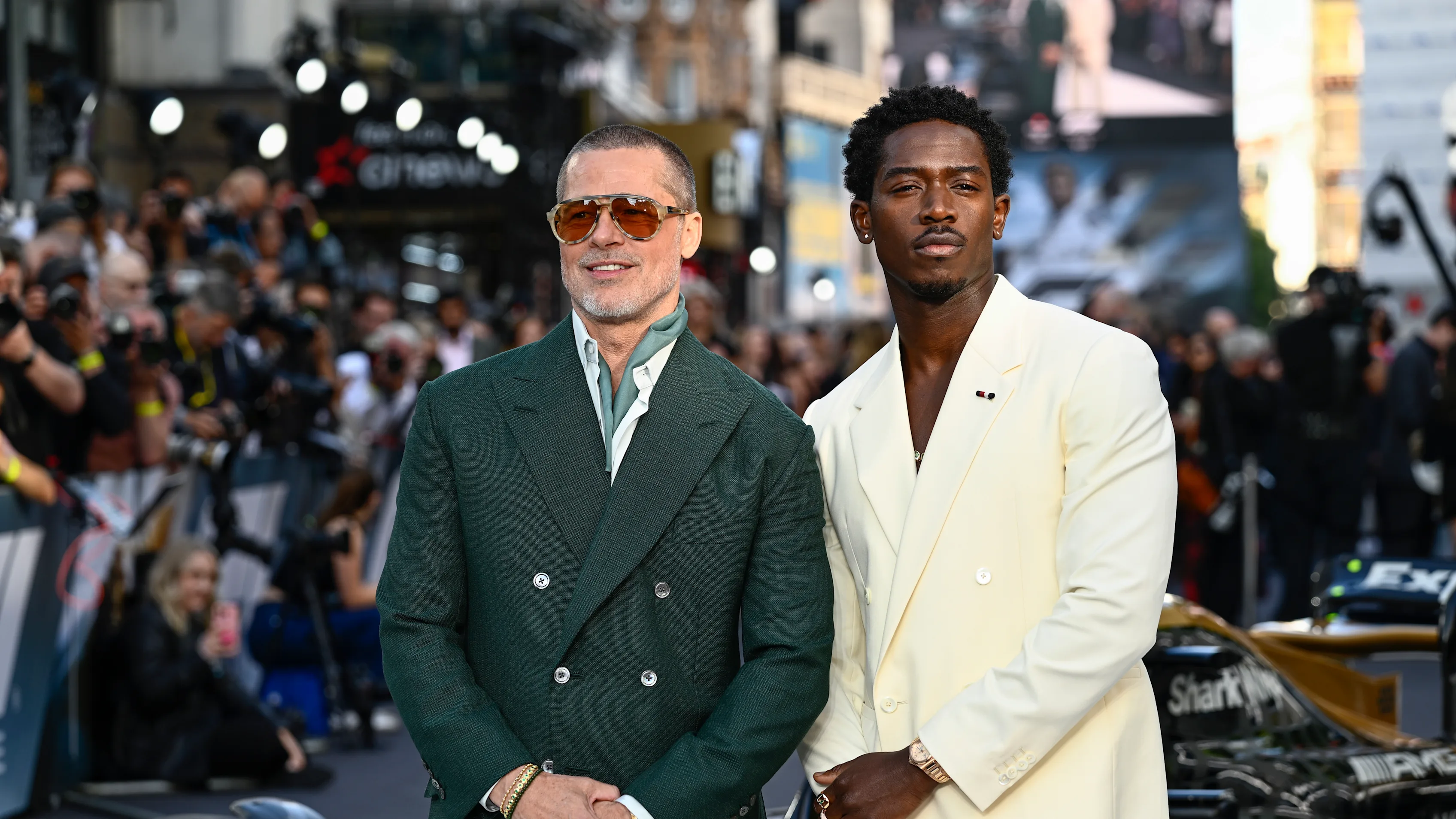
Another one of the GP3-engined APXGP cars was used as a replacement – an imperfect solution but one which helped add to the visual impact of the movie.
“The GP3 car wasn't as quick as the F2 cars,” says Kelly, “but we could tame that back a bit and the camera movement was good because it could get in the mix, and that gave us quite a lot of ‘speed effect’ in the camera.”
Actors-slash-racing drivers
In the world of cinema, it’s normal practice for actors to be filmed driving in close-ups, only for be-wigged, be-costumed stunt drivers to then be substituted in when there’s proper driving to be done.
And while precision drivers were used for many segments in the film – including Duncan Tappy, Craig Dolby and former Formula 2 champion Luciano Bacheta – both Pitt and Idris themselves spent hours and hours spinning laps in single-seaters, especially at Silverstone, in order to both train them up for the rigours of motorsport, and to capture convincingly fast shots of them driving.
“[The single-seater training cars] were quicker through the corners than our [APXGP] car so they had quite a lot of aero characteristics, which was good to train Brad on – he needed to feel what the aero was doing and it seemed like a good step to get him from that to the [APXGP] car,” remembers Kelly.
Post-shooting on the film, Pitt had proved his worth behind the wheel to such an extent that he was even invited to drive a real McLaren F1 car at the Circuit of The Americas in Texas (check that out below). So, did Kelly think Pitt had the right stuff when it came to racing?
“I have to say, Brad surprised us all,” he says. “He jumped in the car and I was kind of pessimistic about the whole thing, partly because I'm responsible for safety and I'm responsible for putting a 61-year-old actor in a 600 horsepower, 600 kilo car… I was a bit concerned, let's put it that way!
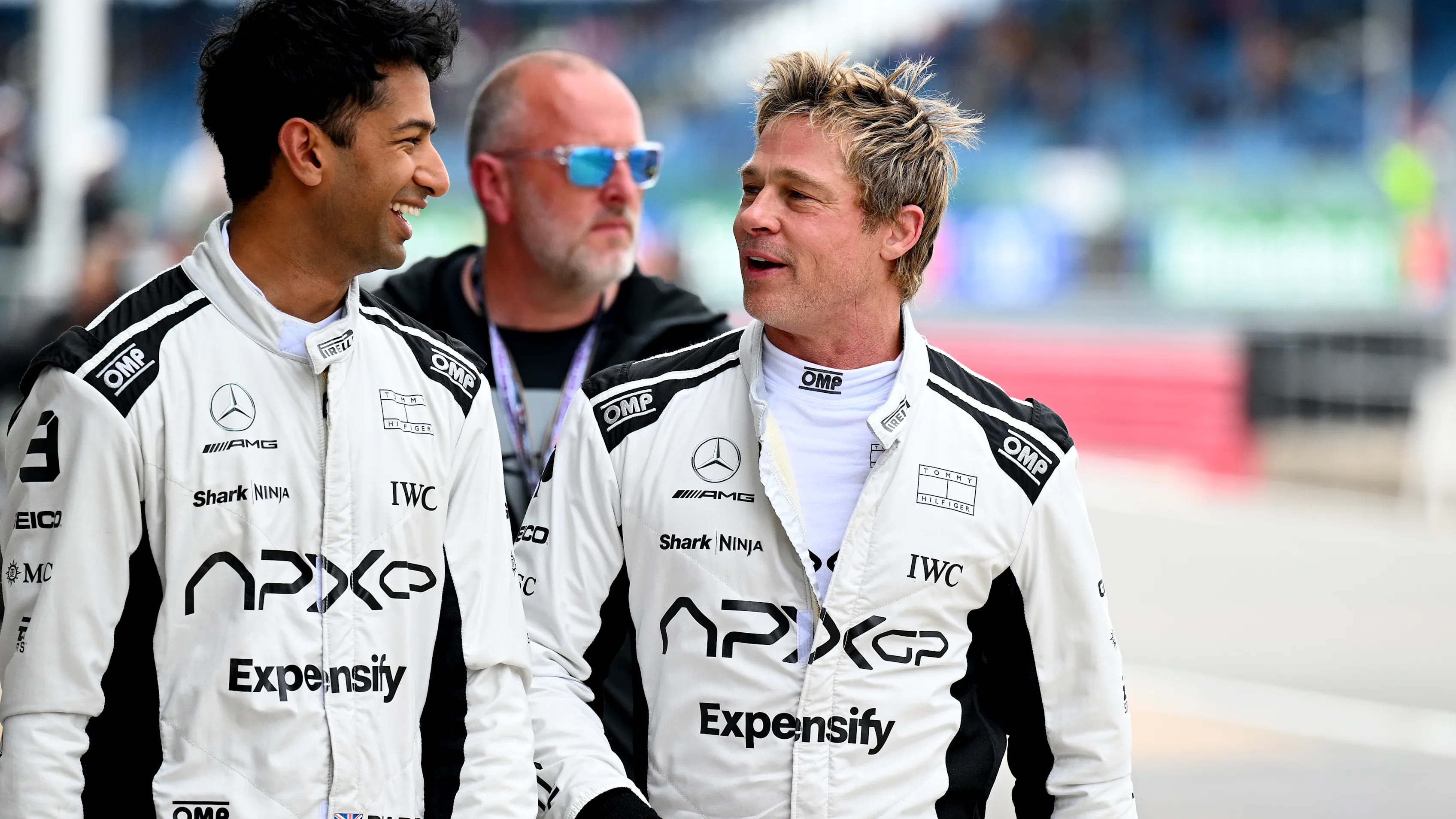
“And then we got him into these [lower formula] cars and the feedback we were getting from the guys that were running the car was that he knows where to put the car. Him and Luce [Luciano Bacheta], they became joined at the hip.
“He just loved it. He enjoyed it, and you could see him just growing into a person that loves driving race cars. I mean, he's always been a bike man, so he developed very quickly and we all began to trust that process.
“Damson was great as well… but he didn’t love it the way Brad loved it. So I think you need to really love it. I mean, Brad was a couple of seconds off Formula 2 lap speeds in a car that was nowhere near as capable as a Formula 2 car, heavier by 100kgs, longer, so it was easier to handle, but he wasn’t doing bad.”
Whatever the team behind F1 set out to do, it seems to be resonating with audiences, with the film currently sitting on a 97% ‘Popcornmeter’ score on the Rotten Tomatoes movie review website.
But to the million-dollar question (well, couple of hundred million actually): with all Kelly’s experience, does he back the filmmakers’ claims that they’ve managed to create the most authentic racing movie of all time?
“The experience was fantastic, it was an amazing experience,” he says. “It was exhausting and I think it was exhausting because it was quite a lot of subliminal stress involved in worrying about guys in cars on track and the film process, and actually also exhausting because of the way that [the motorsport] world exists every weekend.
“But I realised that whatever film was coming out of it was going to be really grounded in motorsport. The audience is sophisticated enough to tell whether [the action] is on a stage or it's CGI – and all of the stuff I’ve ever done, Ronin, all of that stuff, has all been visceral and real.
“And Joe coming off the back of Top Gun, which was clearly real – he came into this film, and all the stuff I’ve seen, you can see the tiny little nuances of a man driving a car at that sort of speed.
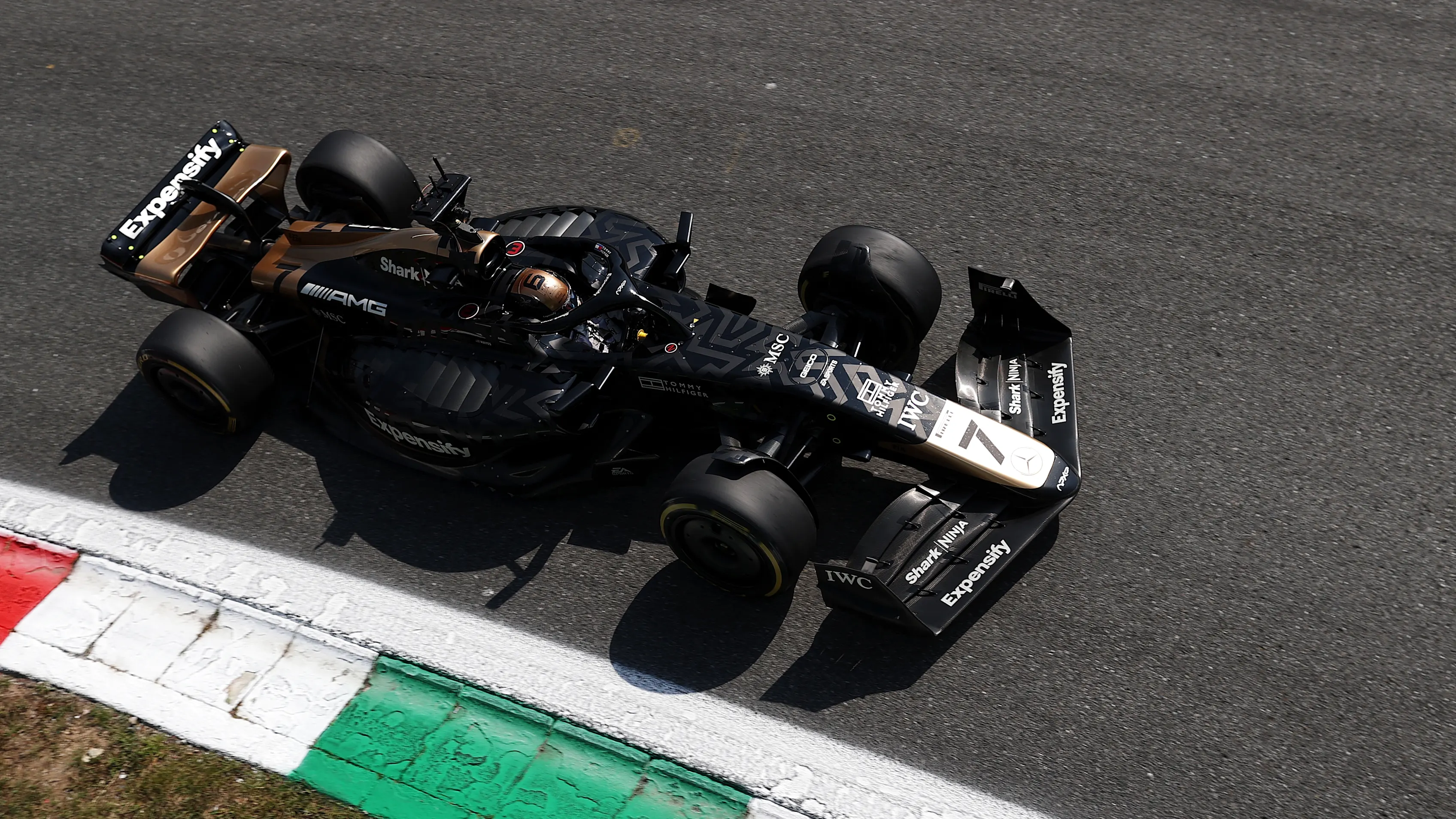
“And all of the effects on that, the image that you see, that for me… makes it feel real and that’s what the film needed.”
He adds, of the film’s ultimate litmus test: “All the [F1] drivers went to see the movie in Monaco and all of us were like, they’re all going to be oversensitive and overcritical of the movie, because they’re all drivers – and I don’t think one of them came out saying it was s***. They all came out saying, ‘That was really good’.”
.webp)
Next Up
Related Articles
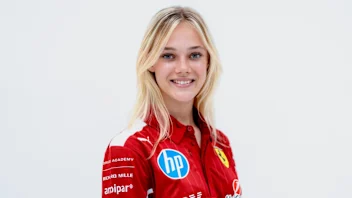 F1 AcademyFerrari sign Larsen for 2026 F1 ACADEMY campaign
F1 AcademyFerrari sign Larsen for 2026 F1 ACADEMY campaign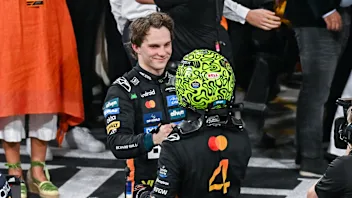 Piastri 'will be a world champion' in future – Norris
Piastri 'will be a world champion' in future – Norris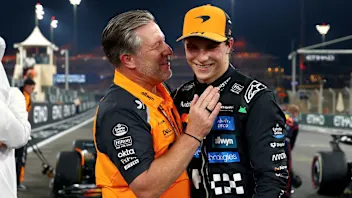 Piastri ‘should be proud’ of his season says Brown
Piastri ‘should be proud’ of his season says Brown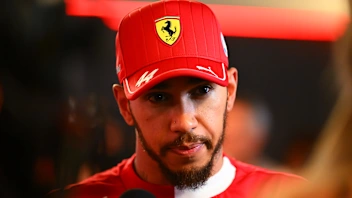 Hamilton 'doesn't have a mindset' for 2026 after tricky year
Hamilton 'doesn't have a mindset' for 2026 after tricky year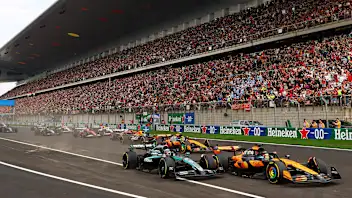 Tickets on sale for 2026 Chinese Grand Prix
Tickets on sale for 2026 Chinese Grand Prix An exclusive look into Pierre Gasly's off-track life
An exclusive look into Pierre Gasly's off-track life